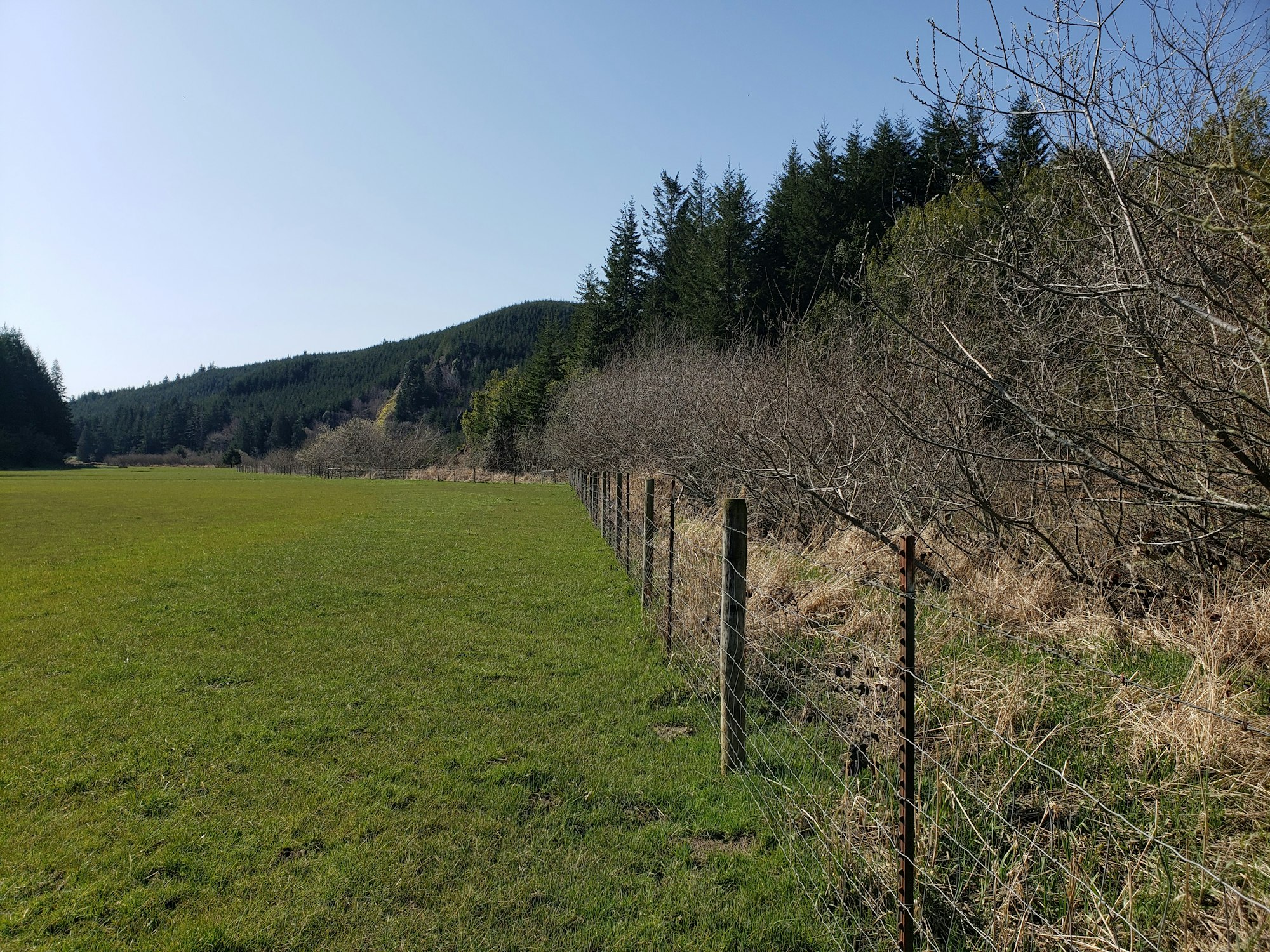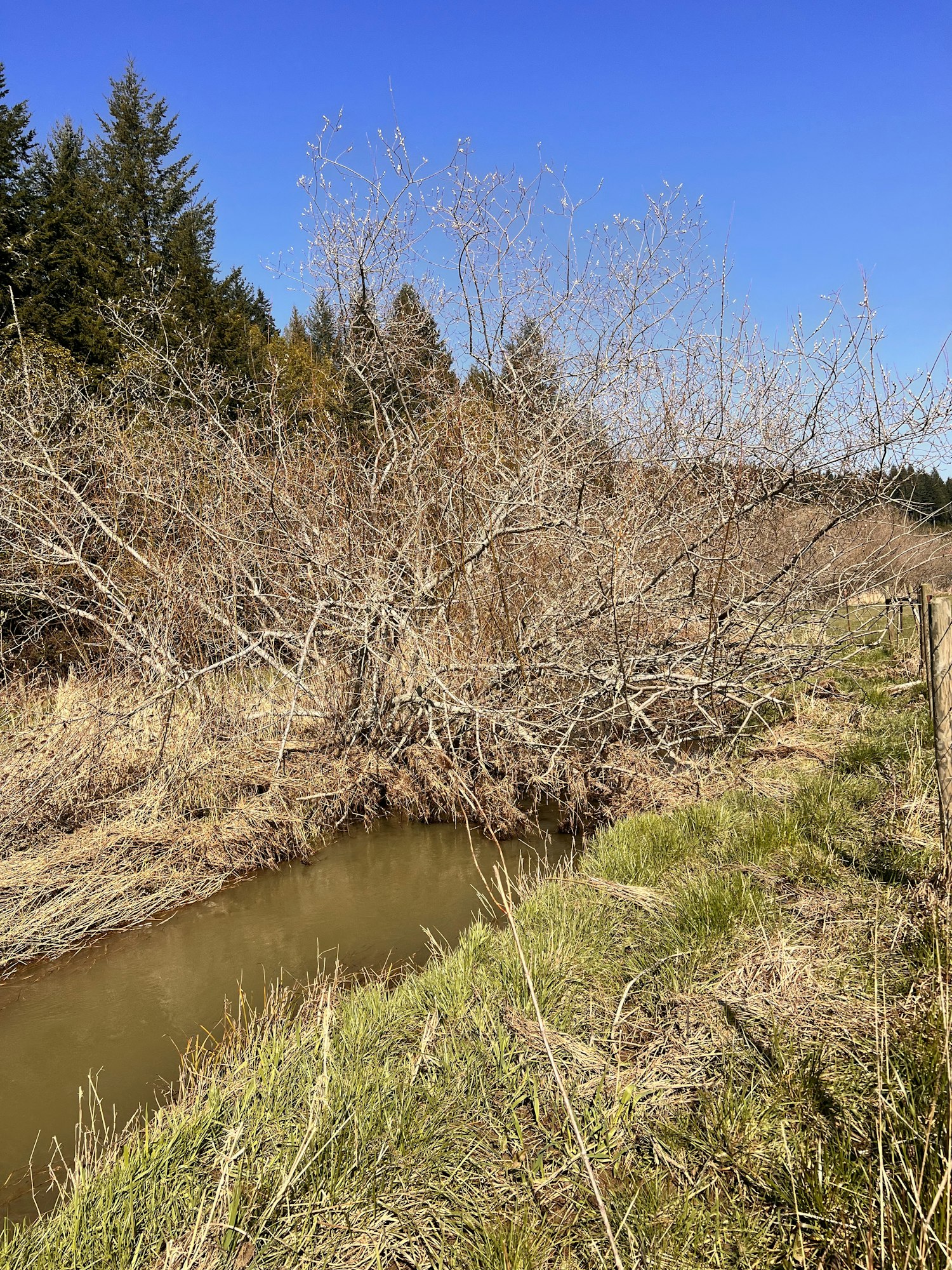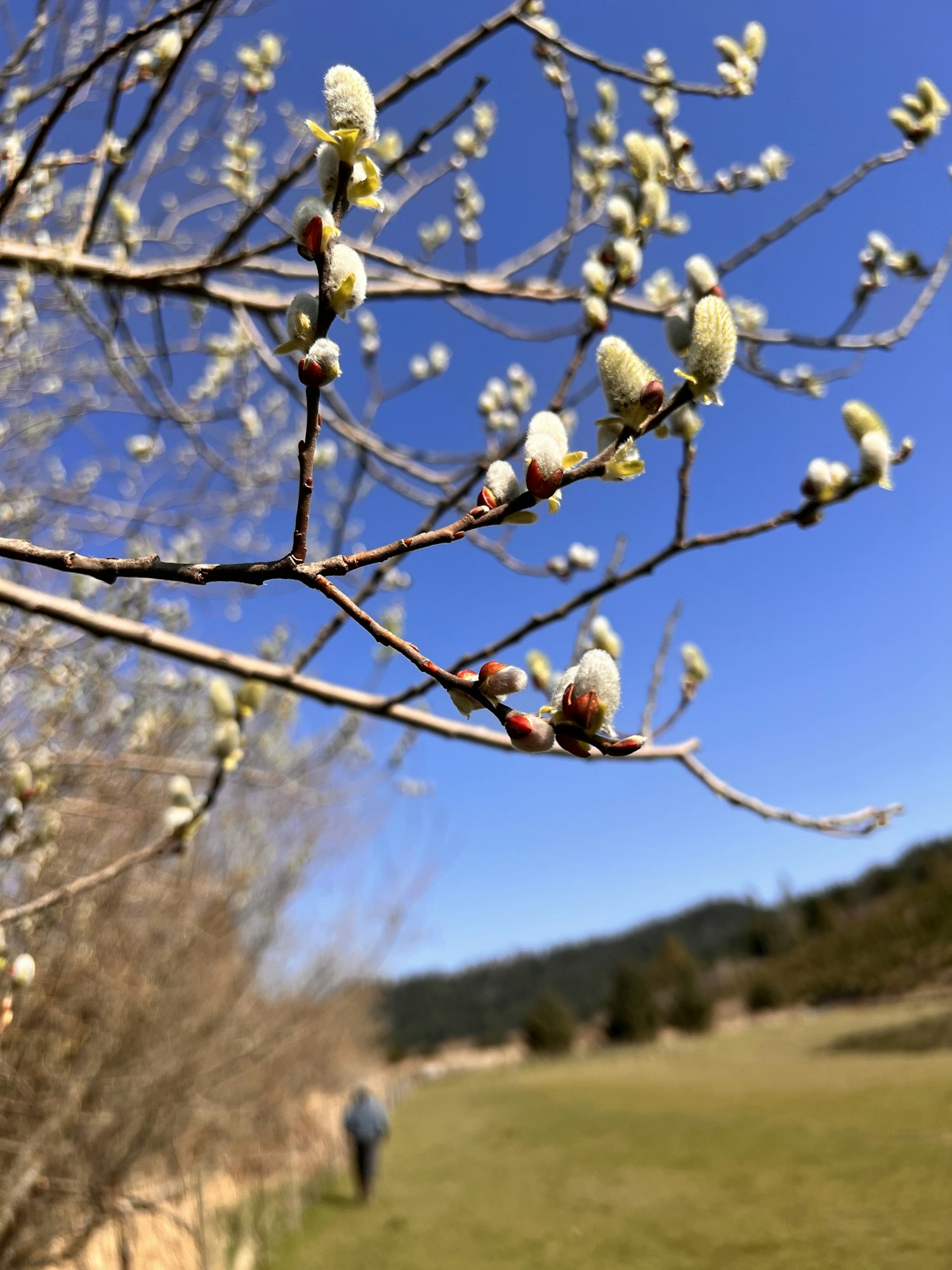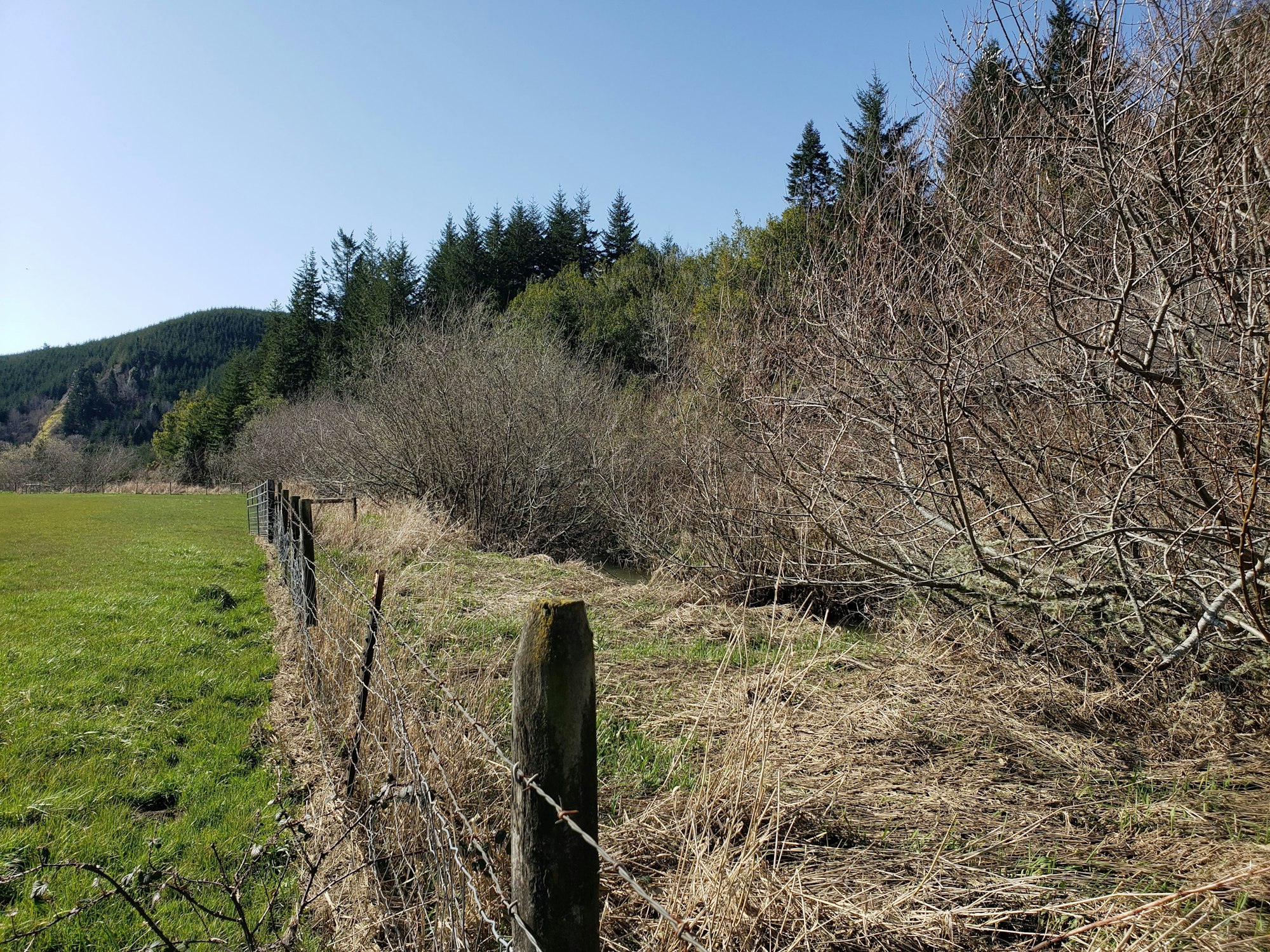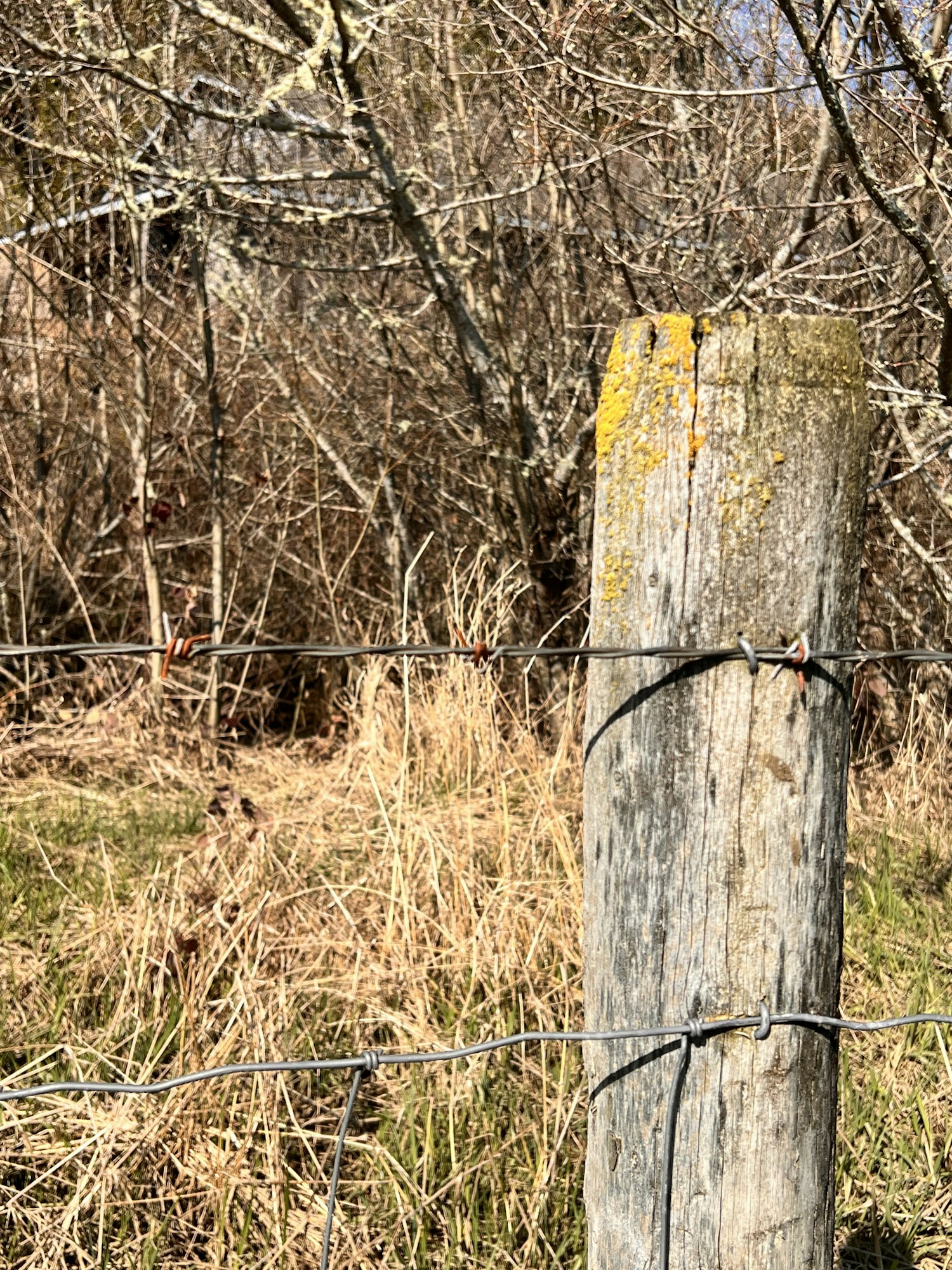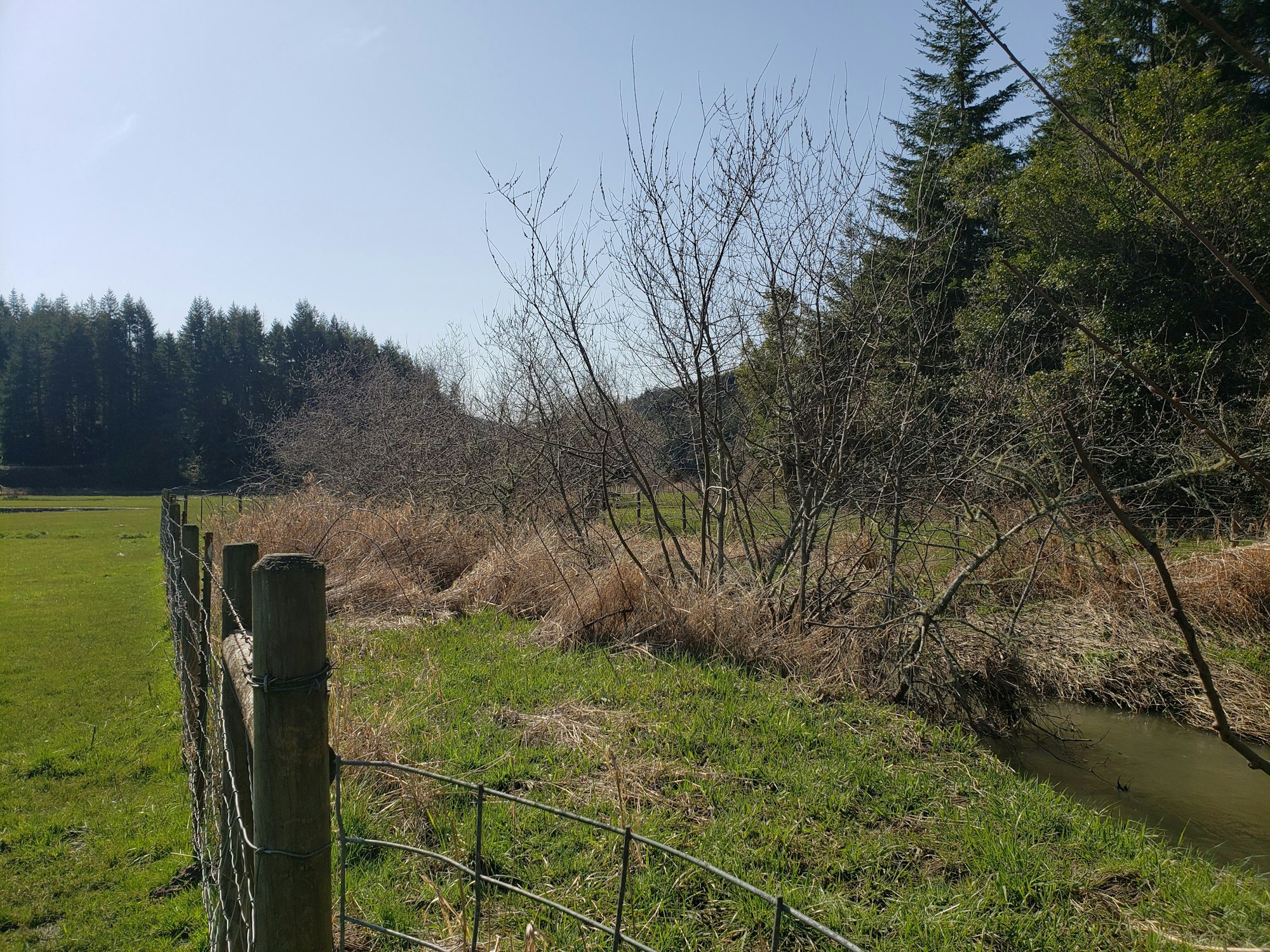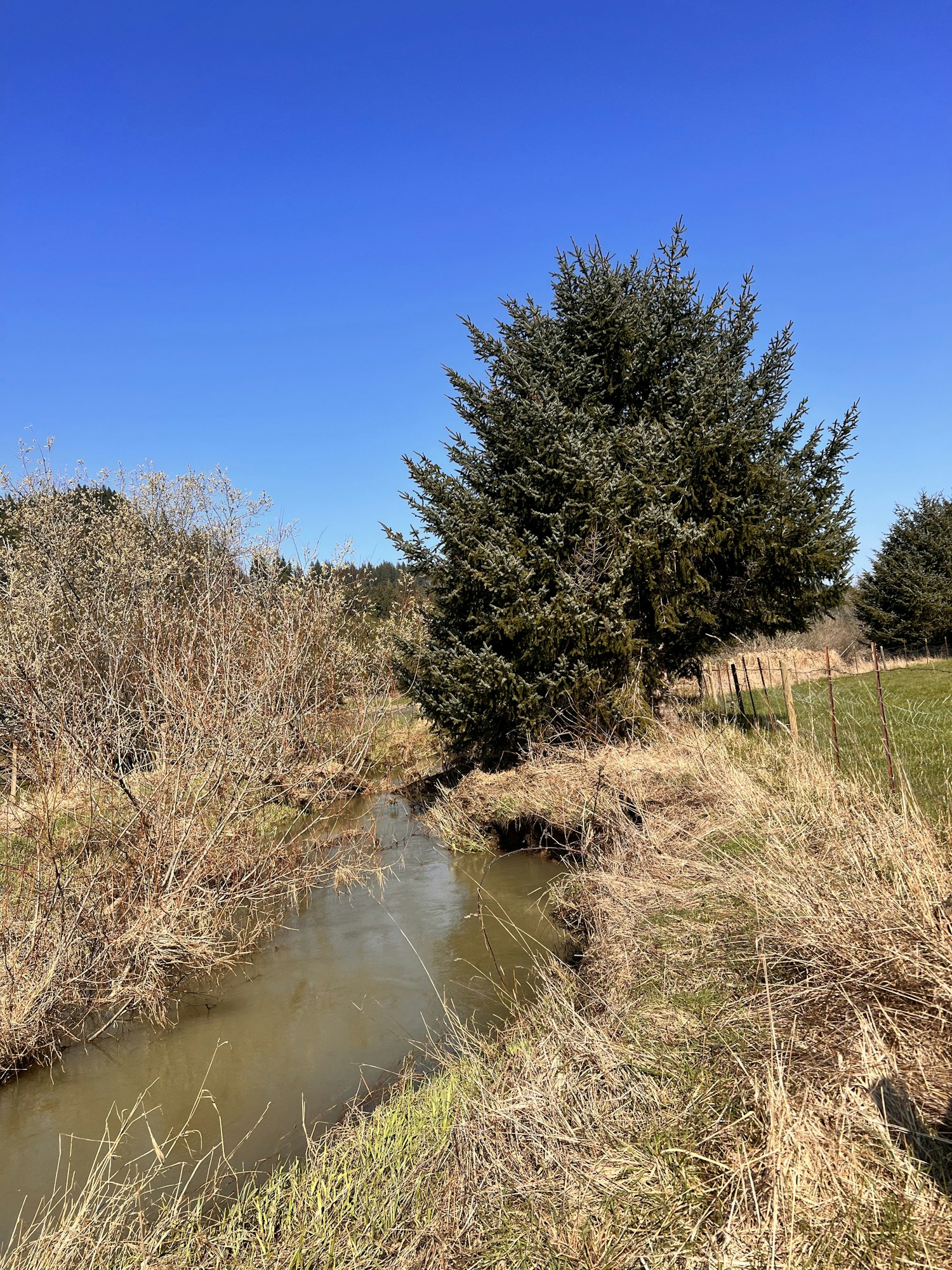Bear Creek Riparian Enhancement Project
Bear Creek is a tributary of the Coquille River that supports ESA-listed coho salmon in addition to Chinook salmon and Pacific lamprey. The hydrology and habitat of the Bear Creek Watershed have been severely degraded through historic log drives, ditching of the channel, and draining of wetlands. This has resulted in impaired water quality and aquatic habitat quality. Currently, agriculture and forestry are the dominant land-uses in the watershed. The Oregon Department of Agriculture (ODA) and the Coos Soil and Water Conservation District (Coos SWCD) selected Bear Creek for inclusion in the Lower Coquille Strategic Implementation Area (SIA). The goal of the SIA is to improve water quality and aquatic habitat on agricultural lands through monitoring and restoration.
Coos SWCD’s monitoring data show that summer water temperatures and E. coli pollution levels in Bear Creek exceed the limits set by Oregon’s water quality rules. However, data also show that a 1-mile section of intact riparian vegetation that runs through agricultural land has lower summer water temperatures than sites both upstream and downstream. Coos SWCD intends to replicate these conditions on more agricultural properties on Bear Creek.
On Bear Creek near Bandon, Oregon a landowner built a riparian fence along 0.57 miles of the creek on their ranch. This has greatly reduced the impacts of their beef cattle operation on water quality. Coos Soil and Water Conservation District proposes to plant native trees and shrubs within the riparian fence that the landowners constructed to further improve water quality and to improve aquatic habitat. Invasive weed treatment is also proposed to reduce competition for native vegetation.
This project will remove invasive weeds and plant approximately 800 native trees and shrubs on .9 acres of riparian habitat along .6 miles of Bear Creek. Invasive blackberry vines will be mechanically removed during summer and fall of 2023 using weed whackers with brush blades. Planting will take place during winter 2023 using a mix of site-capable native plant species. These plants will include live stakes harvested by Coos SWCD staff from the Coquille Basin.
